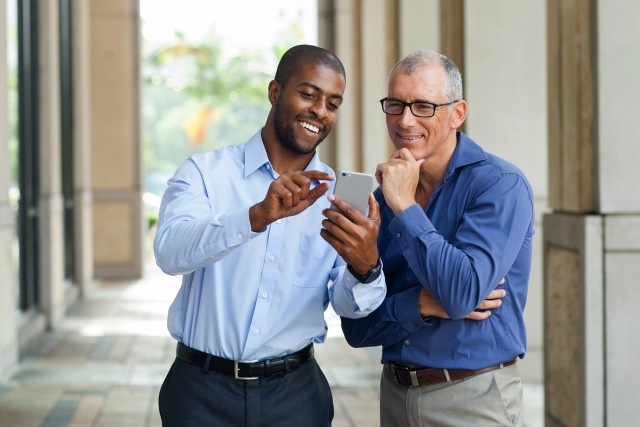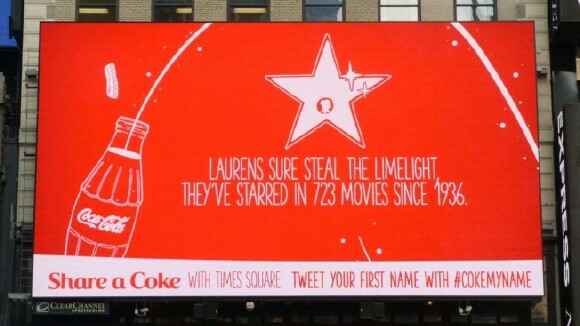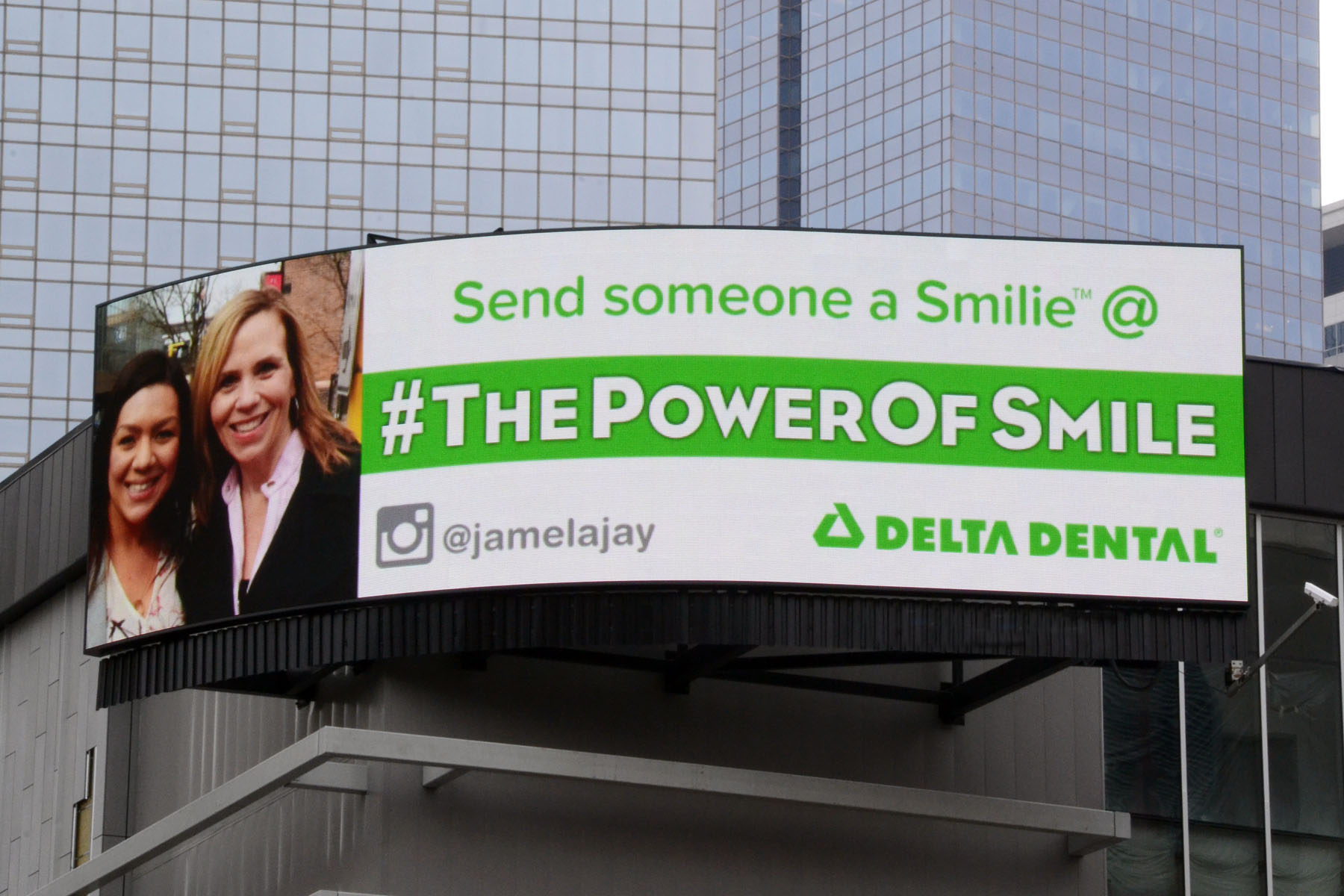The Shareability of OOH

Out of home (OOH) advertising exists in the real world, and is therefore an ideal way to amplify digital, social, and mobile media. The realness of OOH is why the OOH medium delivers more online activity per ad dollar than television, according to Nielsen.
The reality of OOH was at the center of our industry’s recent Feel the Real campaign, which demonstrated how OOH makes digital real. The campaign proved OOH’s effectiveness in the digital age by targeting media professionals with customized OOH executions. Targeted media professionals shared their Feel the Real experiences across multiple social media networks.
The desire to share experiences is inherently human. Digital engagement is simply an extension of that desire, which has been accelerated thanks to technologies that make sharing simple. Until recently, digital strategies focused primarily on desktop users, and mobile was often considered as an afterthought. There has been a notable shift to companies embracing a mobile-first mindset. For many people, mobile has become the preferred method for accessing news and entertainment, making purchases, and sharing socially.

Behavioral shifts in technology usage have also had an influence on social sharing habits. Using search engines is still the most common behavior for finding information online. But, many users are starting to bypass search engines, choosing instead to perform searches using social media channels. Consumers know they are more likely to find visual context using this approach. People also value feedback from others, more likely to trust reviews and comments posted by like-minded peers and consumers.
Using technology to connect people or to help consumers research and purchase products is a straight-forward outcome of digital engagement. Trying to align digital engagement with advertising objectives is when outcomes get murky.
Digital has changed the basic rules of engagement so that media planning is no longer a single-strategy decision, if it ever was. A well-balanced marketing mix today essentially relies on the combined strengths of paid, owned, and earned media.
Paid media is naturally what we think about as traditional advertising and includes OOH, television, radio, and print. Owned media includes exclusive assets that companies curate such as websites, delivery trucks, and on-premise signage. Earned media is social sharing, press coverage, and word-of-mouth – and this is the new opportunity for advertising using OOH.
Advertisers are keenly aware of the power behind social sharing and its ability to influence brand consideration and preference. That’s why so many comprehensive media plans today include a considerable earned media component. As more consumers have become fluent in the use of social media, generating earned media through social sharing has become a highly desired prize at many ad agencies.
Today, OOH is an essential element within sophisticated social media strategies because it can serve as a conduit, connecting real-world consumers with personalized digital experiences. The ubiquitous nature of the medium, that surrounds and immerses consumers as they move throughout their day, can entice consumers to make online discoveries sparking interactions that lead to increased brand awareness and recall. In fact, a study conducted by the Media Behavior Institute found OOH has the potential to increase the reach of a social media campaign by up to 212 percent and a mobile campaign by up to 316 percent.
The recent Share a Coke campaign in Times Square is a good example, illustrating the inherent potency of a well-conceived OOH and social ad strategy. Coke wanted to engage Millennials in a tech-relevant way so the company developed an online experience that celebrated stories behind names. Times Square visitors Tweeted their first names using #CokeMyName to see personalized stories about their names broadcast on a digital screen. A camera mounted on a nearby building snapped a photo of each story shown on the screen and Tweeted those photos back to consumers, who could share them.

The recent Delta Dental of Minnesota campaign is another good example, proving how people can become influencers of advertising. The affordable Care Act created a need to increase awareness about individual and family dental plans. The OOH campaign drove consumers to a microsite where Delta Dental products and services where featured along with instructions for sharing a Smile with someone.
A user could enter their email and a recipient’s email along with a personal message to the recipient and their own Smile. The user’s photograph and message where send to the recipient and displayed on Delta Dental digital OOH units throughout the Minneapolis market.

The Coke and Delta Dental of Minneapolis examples demonstrate an unavoidable by-product of social sharing is content generation as advertising. The lines have blurred. In fact, Facebook CEO Mark Zuckerberg believes, “Ads should be content. They need to be essentially just organic information that people are producing on site.”
As the popularity of sharing increases, so does the volume of content available to users. But, with an avalanche of information comes high expectations of quality, relevance, and variety. The best content gets shared.
The job of ad agencies is to connect the dots by integrating media channels to produce optimum results for clients. The emerging role of social media has presented advertisers and agencies with a unique challenge since social behavior cannot be allocated to vertical silos like traditional advertising. Social media moves horizontally across media channels, interacting with every part of a communications strategy, including advertising, press, customer care, and more, making it much more difficult to manage.
The phenomenon that is social sharing will continue to flourish as both younger and older populations seek out better ways to connect with friends, strangers, and brands. Fortunately, OOH can be an important conduit that works synergistically with digital as a powerful accelerator and amplifier of social sharing.
By linking OOH more closely with the tidal wave that is digital, and particularly mobile, advertisers will make smart bets on a media combination that effectively engages audiences.
The opinions and points of view expressed in this commentary are exclusively the views of the author and do not necessarily represent the views of MediaVillage/MyersBizNet management or associated bloggers.


